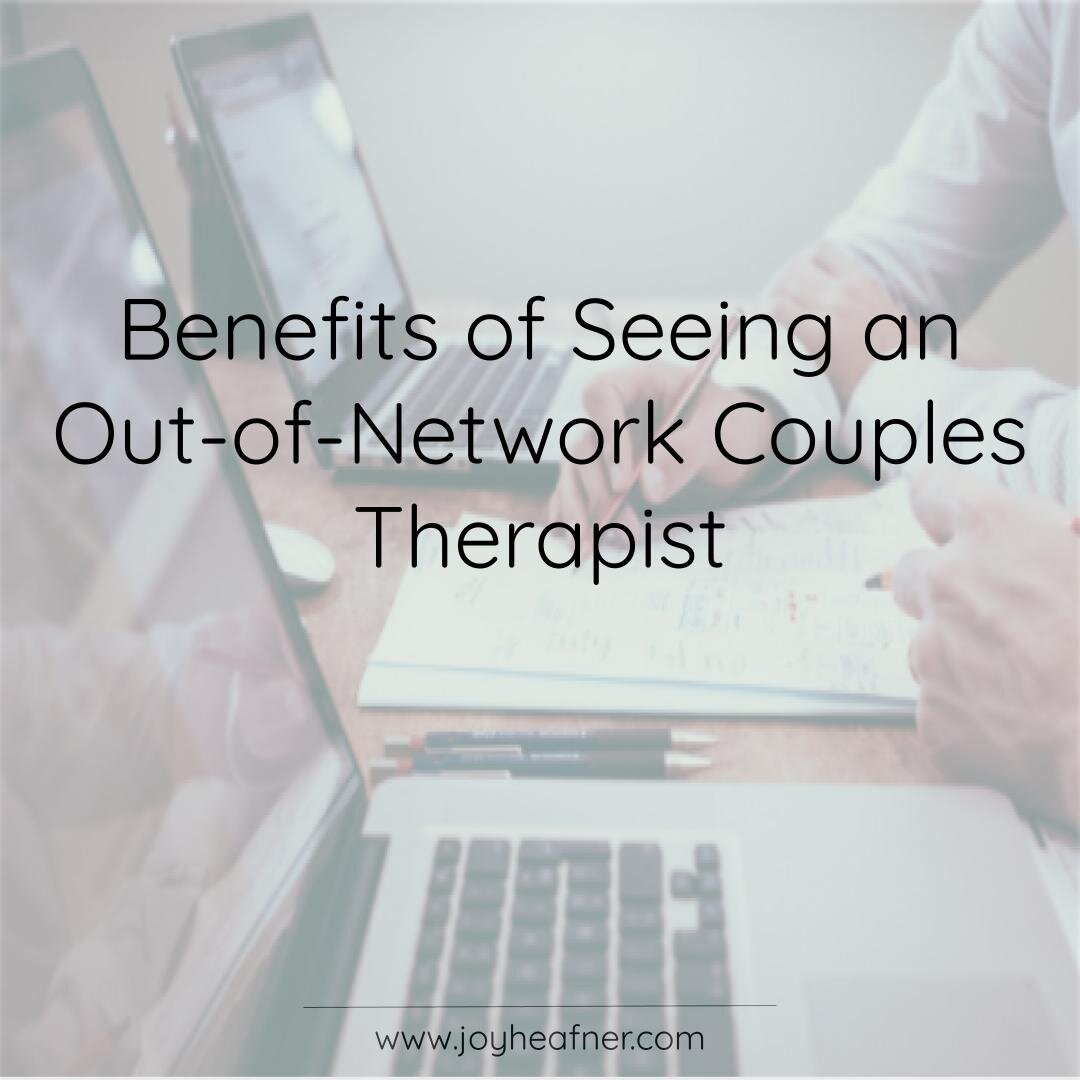Aim Point Counseling Fundamentals Explained
Aim Point Counseling Fundamentals Explained
Blog Article
Aim Point Counseling - An Overview
Table of ContentsIndicators on Aim Point Counseling You Need To Know7 Simple Techniques For Aim Point CounselingAim Point Counseling Fundamentals ExplainedWhat Does Aim Point Counseling Do?Aim Point Counseling for BeginnersAim Point Counseling Things To Know Before You Buy
The longitudinal layout involves a pre-treatment survey and 2 follow-up surveys at 3- and 12-months post-intervention. The research is embeded in 8 Relationships Australia Victoria centres, throughout municipal, outer residential areas, and regional/rural websites. Relationships Australia, a non-government organisation, is the biggest service provider of pair counselling and connection solutions in Australia.
In Australia, the median length of marital relationship prior to separation is 8.8 years, and roughly fifty percent of all separations entail couples with kids [1] These high prices of connection break down have been consistently linked with unfavorable health effects for both adults and kids following divorce/separation. These consist of seclusion from assistance networks, and lowered earnings and criterion of living for both adults and children [3], problems of loyalty over kids for males, and depression and loss of identification for females [4,5]
The Aim Point Counseling Ideas
The results of separation and splitting up can be detrimental, research suggests that high relationship discord in intact couples is likewise likely to have adverse outcomes.
Research study to date has actually recognized both couple and specific variables that might contribute to connection disharmony. These consist of connection complete satisfaction and dedication at the couple degree, and clinical depression at the specific level.
The Basic Principles Of Aim Point Counseling
Connection satisfaction has actually been one of the most usual outcome variable identified in even more than 200 assessments of couple therapy [11,12] Research studies have actually found significant enhancements in relationship satisfaction from pre- to post-treatment [13,14] and throughout one to two years following counselling [15] In these researches, connection satisfaction was most regularly examined making use of the Dyadic Change Range (DAS) [16] While a lot of research studies show improvements in partnership fulfillment complying with pair counselling, they are restricted by the examples and measures made use of, mainly temporary follow-up time frames, and analyses that do not account for the dyadic nature of pair information., is another commonly examined partnership result.
To sum up, research shows that couple-specific variables along with individual aspects may predict the results of pair therapy and connection solutions. The causal direction of these connections, nonetheless, is much less clear. These monitorings are essential, because, to validate and direct the application of connection solutions such as pair coaching, empirical evidence why not find out more has to discover both the results of partnership solutions and the variables that predict effective treatment.
, at least in some European countries.

We presently know little regarding the accounts of pairs who seek out connection education compared with those that seek partnership coaching, or the results of these programs. Anecdotal proof suggests that there may be substantial distress amongst at the very least some couples seeking connection education.
An Unbiased View of Aim Point Counseling
Comments includes participants completing surveys concerning their partnership (e.g. steps of interpersonal problems), and receiving details on what their ratings suggest. Cognitive-behavioural approaches promote transforming cognitions to assist in positive partnerships.
These meta-analyses highlight constraints in the existing literature on connection education. This sample profile might not stand for clients that typically present for relationship education and learning.
Aim Point Counseling - The Facts

Really little study has checked out the relative advantages of couple therapy and relationship education programs. As customers are likely to self-select right into these solution types, it is not clear whether particular connection distress profiles existing to every service kind, or certainly whether there is a communication between providing profile, solution type and result.
(https://www.4shared.com/u/6vyahY3k/toddrashid01.html)
Therefore, we have actually consisted of a 12-month follow-up to gauge longer-term patterns and results.
We suggest to use multi-level analytical modelling procedures that regulate for the inter-dependence of couple information to evaluate any type of therapy effects. The particular purposes of the ECC study are to: 1. Map accounts of customers seeking area agency-based pair counselling vs. connection enhancement programs in regards to socio-demographic and partnership signs (such as connection contentment, relationship commitment, interpersonal problems, and reasons for attending), along with health (such as clinical depression, general wellbeing) and wellness solution use (eg.
Establish whether couple therapy and partnership education services improve three- and twelve-month outcomes for connection fulfillment, dedication, and anxiety, using statistical evaluations ideal to pair information. male counselor. Determine the loved one payments of client variables (specific and pair) and therapy/education elements to end results at 3- and 12-months, and to sustainability of results over time.
The smart Trick of Aim Point Counseling That Nobody is Discussing
Multi-level modelling to establish pre-post distinctions, managing for dyadic (couple) level. To contribute to the literature assessing the effectiveness of community-based pair coaching.
Report this page